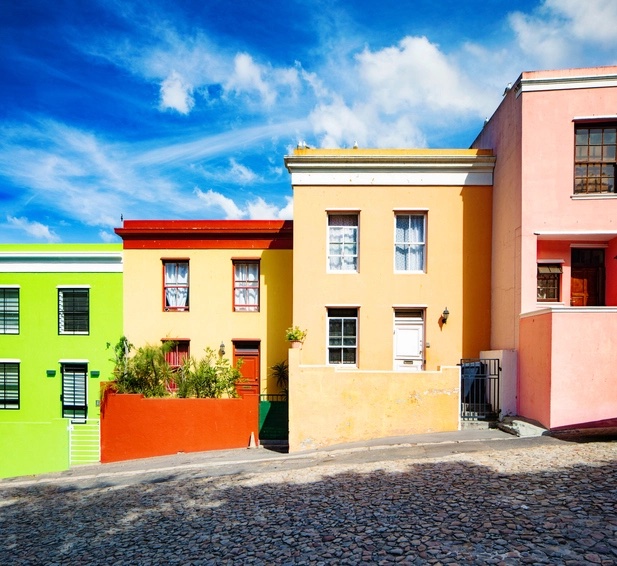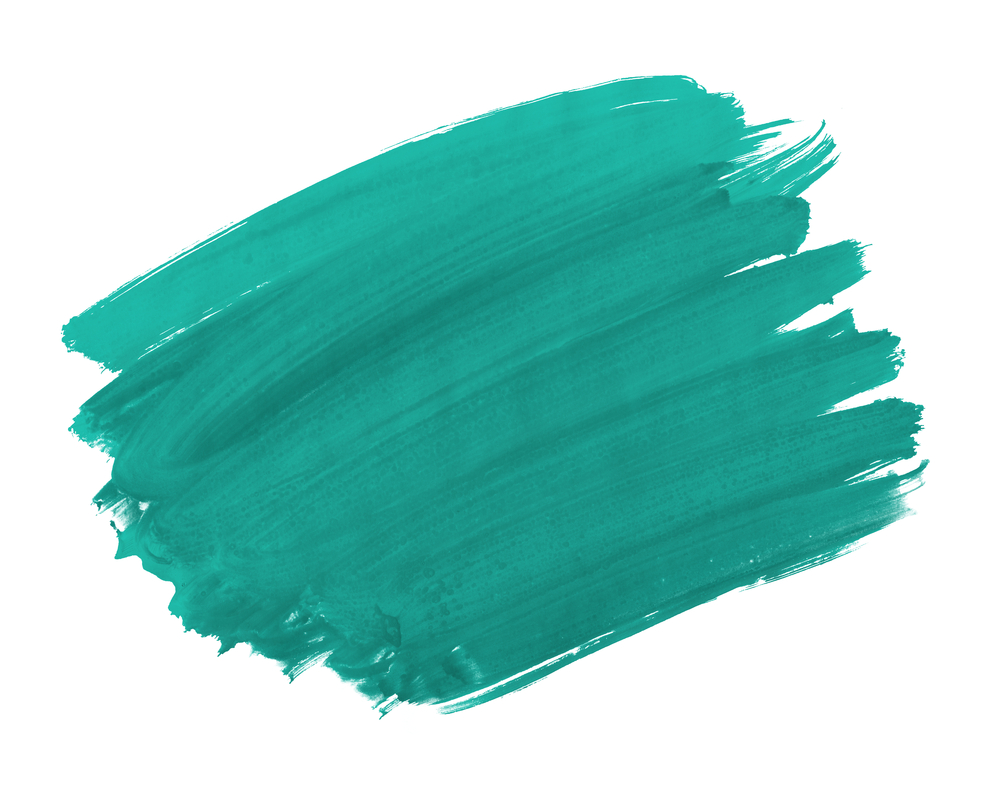What is Paint? Everything You Need to Know About Paint
Paint is a thin coating applied to surfaces in liquid form. The paint dries and becomes flexible solids. Paints have many uses; protection of the surface from sunlight, moisture, dust, abrasion and weather conditions. They provide easy-to-clean surfaces that help keep substrates clean and tidy. It can change the interior using color, light or dark, matte or reflective surfaces. Learn everything about many topics such as paint types, and how to paint in our articles.
Paint Components
- Pigments – provide color and opacity
- Binder (resin) – a polymer, often referred to as resin, forms a matrix to hold the pigment in place
- Expander – larger pigment particles have been added to increase adhesion, strengthen the film and protect the binder
- Solvent (sometimes also known as thinner) – an organic solvent or water is used to reduce the viscosity of the paint for better application. Water-based paints are replacing some paints that use volatile organic compounds such as hydrocarbons that are harmful to the atmosphere.
- Additives – are used to change the properties of the liquid or dry film.
The binder (resin) and solvent together are sometimes known as the medium. It can be dissolved as a binding solution or transported as a dispersion of microscopically small particles in a liquid.
Paints, depending on the purpose of use, may include:
- Dispersants – to separate and stabilize pigment particles
- Silicones – to increase weather resistance
- Thixotropic agents – to give paints a jelly-like consistency, which, when mixed or dipped in a brush, decompose into a liquid
- Dryers – to speed up the drying time
- Anti-settling agents – to prevent pigment settling
- Bactericides – to protect water-based paints in the can
- Fungicides and mosses – to protect the films of exterior paints from mold, moss and lichen
Binders of Paint
The three most important binders used in modern paints are:
- Acrylic polymers
- Alkyd polymers
- Epoxy polymers
How Should an Ideal Paint Be?
These vary greatly according to recent uses. For example, the requirements for an automotive topcoat paint will be very different for decorative ceiling paint.
Some of the typical features required may include:
- Ease of application
- Good flow in the application marks (eg. brush marking)
- Creating a continuous protective film
- High opacity
- Fast drying
- Corrosion resistance
- Water resistance
- Heat resistance
- Color stability (i.e. against visible and ultraviolet radiation)
- Abrasion and scratch resistance
- Durability
- Flexibility
- Easy to clean
Types of Paints
Water-Based Paints
Due to its ease of use, water-based paint makes up the great bulk of wall paint currently available. If your wall has already been coated with an oil-based product, be careful when switching to water-based paint, as it may cause problems. In this case, we, at WRX Trade, recommend washing the surface and then roughening it with medium-soft sandpaper. This makes it clean, dry and matte to prevent the new coat from peeling.
Advantages of water-based paints
- No pretreatment required
- No mold growth
- Low VOCs (toxic emissions at low levels)
- Easy cleaning with water
- Fast drying
- An elastic, flexible finish that resists cracking
- Can be used on almost all surfaces
- Stable color over time, does not turn yellow or fade in sunlight
Oil-Based Paints
Oil-based paints can be used on almost all surfaces and are praised for their high durability and rich finish. Be careful when using oil paint as it can not be washed off with water. If you choose an oil-based one, solvents such as turpentine are required for brushes or other materials with unwanted paint on them.
Advantages of oil-based paints
- Eye catching glossy finish
- Good for rooms with low humidity (eg. bathroom or kitchen)
- Longer drying time (good for corrections)
- Good “leveling” (brush strokes fill themselves to create a smooth finish)
- Hard, durable coating
Degrees of Brightness of Paints
Matte paint:
- The least reflective one
- It has a velvety texture
- It helps to hide defects on walls and ceilings
- It offers a great color depth
- It is usually considered the standard glossiness for walls
- Sometimes it can be difficult to clean.
Semi-gloss and glossy paint:
- It is preferred for kitchens, doors, window decor, accent walls and bathrooms
- The most reflective one
- It is very durable and can withstand multiple cleanings
- It is traditionally used on baseboards, moldings and doors
- It can make a statement, but it can also highlight flaws
Finally, it is important to remember that the paint you choose is only as good as the quality of the tools you paint with. You may think that rollers or brushes are a good place to save money, but using high-quality tools will help you get the best finish.



